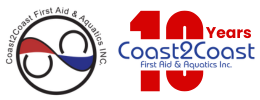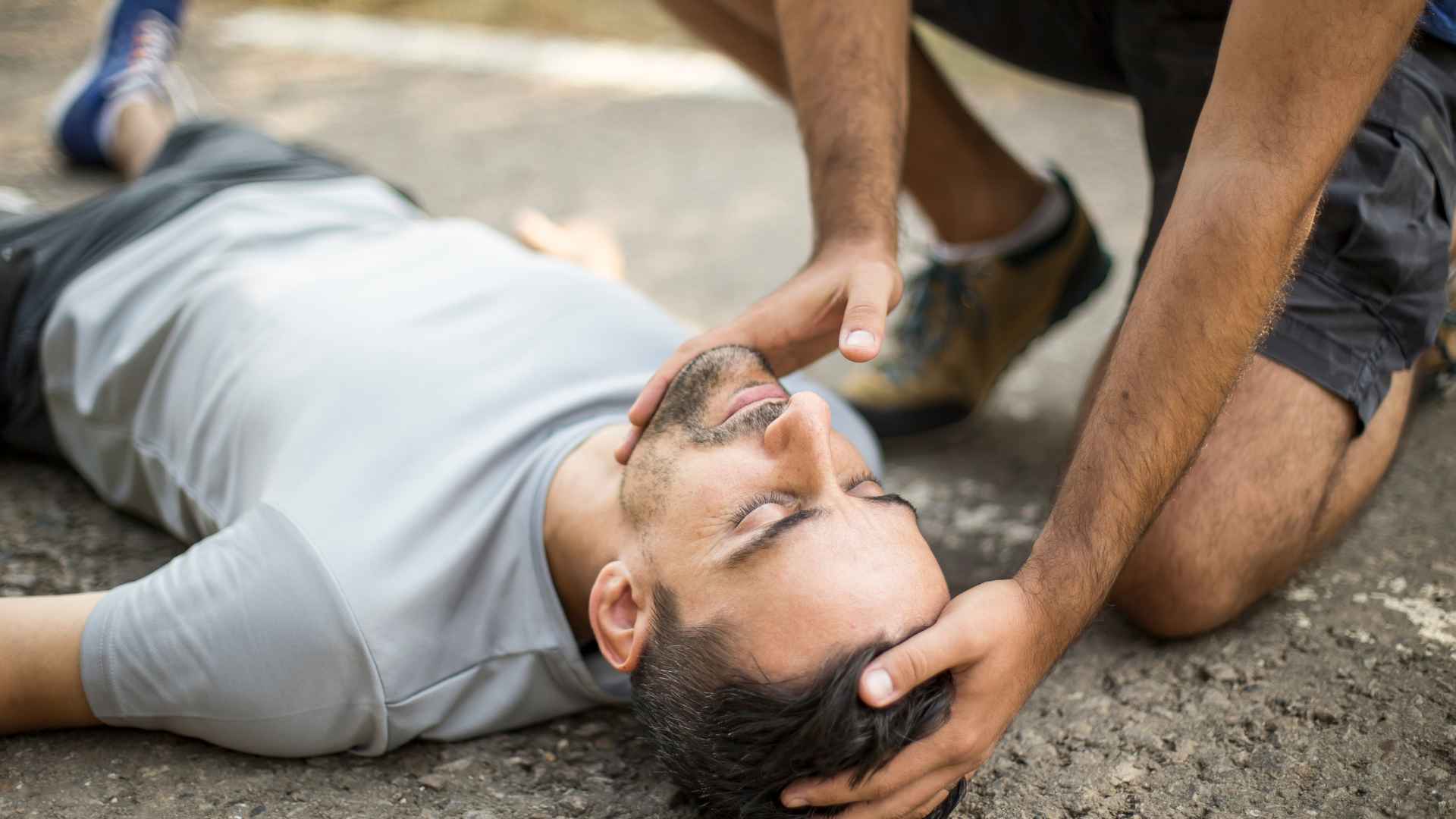When looking for a first aid training course in Toronto, there are several considerations to keep in mind. The two main choices you’ll need to be making are the course itself and the course provider.
The courses vary a great deal, divided into categories and levels of training. There is the basic first aid training course, then there are courses dedicated to CPR training only, courses that specialize on giving first aid to children or infants, and many other first aid training Toronto course categories.
So how do you know which one to take?
The first question is whether you’re looking for a course based on requirement or personal interest. If it is part of a work related requirement, then the course itself will be chosen by the institution that made the requirement. Usually this pertains to work related situations. One such example is Transport Canada which may impose the need to take a certain level of first aid training or a list of them. If this is your case, inquire with your employer as to the course you need to take. If you are getting re-certified, also make sure to ask, since training requirements may change.
If you are looking for a first aid training course out of your own personal interest, first thing we can say is that we commend you for being a conscientious human being with awareness of the need for a safer society. Second, if you have never taken a first aid training course prior to this, then the best choice is to start with the basic first aid training. This is a 2 day course that will give you a good understanding on how to deal with the most common emergencies.
Once you’d completed this stage, you will be able to consult the instructor as to what what additional training you might wish to take depending on your circumstances. New parents would be advised to take CPR first aid for children, people with swimming pools should take water emergency first aid and so on.
Choosing First Aid Training Toronto Provider
The first aid training course provider is also an important decision, and should not be taken lightly. Make sure to choose a training school that employs experienced first aid instructors with medical or paramedical backgrounds. Being a Red Cross certified school is also a great bonus when making this choice. And finally, there’s the matter of your personal convenience. Coast 2 Coast first aid has multiple locations across the GTA, reaching all the way to Scarborough, Mississauga and North York, making it easier for you to get to a training centre of your choice.
Hope this served to answer your questions. See you soon!
Register for First Aid Training
Register today for a First Aid Training course and learn how to deal with emergencies and keep your loved ones safe! Check out our facilities and book your spot now.




